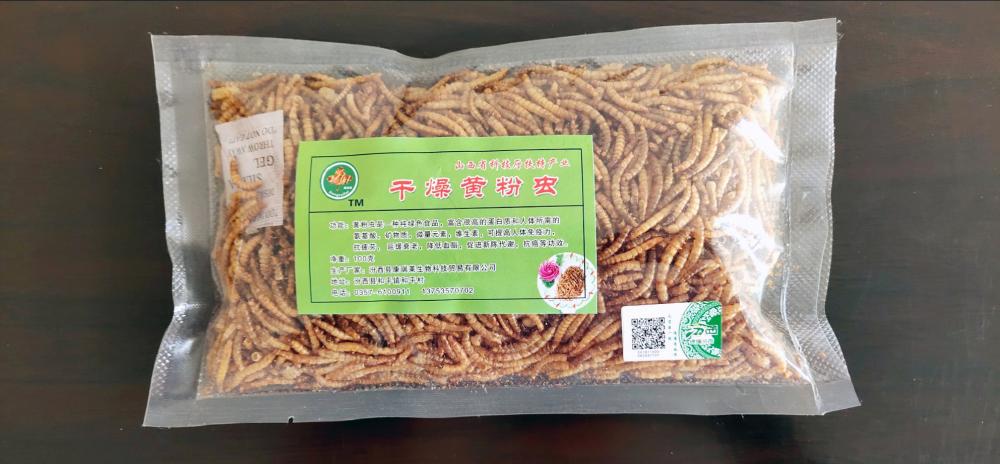The application of molasses in dairy cows
Molasses is a by-product of sugar cane, sugar beet, etc., and is now an essential feed supplement for dairy cows. Because molasses is a kind of liquid feed, it differs from common conventional feeds in that it has unusual characteristics. The following points must be noted during use:
Good grasp of the quality of acceptance to determine how to judge the quality of molasses can be started from the following aspects: First, from the appearance of molasses, good quality molasses should be a dark brown liquid; followed by the smell of molasses to start with good quality The molasses smelled a bit more sweet and tangy with a faint smell of char; once again, it was possible to dip a bit of molasses with one finger, and the other finger pressed on top and gently picked it up, it would obviously feel sticky and not easy to break There is also a good quality of molasses that does not easily flow when it is reloaded. Densitometry (sag assay) can be used for quantitative detection. Method: First accurately weigh 150 grams of molasses, pour it into 750 ml of distilled water, stir well, and then put the dipmeter into the observation reading, and add the reading to the dipmeter correction coefficient. Multiplied by 6, the obtained number is the actual slop of molasses, and the quality below 72 is poor, and the product with a quality higher than 78 is generally of good quality. However, it may be that the coke produced by the molasses seriously causes excessive adhesion, or due to sediment content. Too high is not a good thing. During the acceptance of the feed, you can smell whether the coke smell is serious. At the same time, take a few drops to your hand to see if there is much sand. For further testing, sugar content can be used to check the content of sugar, usually 42% to 50%.
Storage process As molasses is a kind of liquid feed, special containers (storage tanks, etc.) or pools must be used for storage, and vents must be left. However, it should be noted that in the open air environment can not let the outlet into a water inlet, in order to avoid deterioration of molasses fermentation. It is generally advisable to locate the vent on the upper side of the container or basin.
Method of use In order to improve the palatability of the whole mixed feed, it is advisable to mix the molasses first with the poorly palatable feed, and then add the other feed and stir it well. If the molasses is directly poured onto the concentrate feed, the molasses cannot be fully utilized to improve the palatability of the feed, and even the concentrate feed may be formed into clumps so as not to be evenly mixed with other feeds.
Dosage problem
Molasses has good palatability, is easily digested and absorbed, and has high nutritional value, but it does not mean that a cow can eat much better. First of all, adding too much molasses will reduce the dry matter content of the whole mixed feed, which will affect the dry matter intake of the dairy cow. Second, due to the high molasses content, there will be a sense of greasyness when the cow eats more, and a long time will affect it. The appetite of dairy cows affects the feed intake of dairy cows. Third, because the cation content of molasses is very high (CAD cations and cations difference reaches 2050 meq1), it is best not to use dry cows, or to strictly control the amount of added foods.
The yellow mealworm is not only rich in protein, fat, polysaccharid and other organic macromolecular nutrients, but also rich in phosphorus, potassium, iron, sodium, aluminum and other trace elements. For every 100g of the yellow mealworm larvae, the protein content of dry powder is between 48% and 54%, the fat content is between 28% and 41%, and the contents of vitamin E, B1 and B2 are also high. Therefore, the yellow mealworm can provide high quality protein for the Mud, make the Mud strong and health.

Mud Feed,5Kg Mud Feed,10Kg Mud Feed,15Kg Mud Feed
Fenxi Kangruilai Biotechnology Co., Ltd. , https://www.kangruilai-petfeed.com